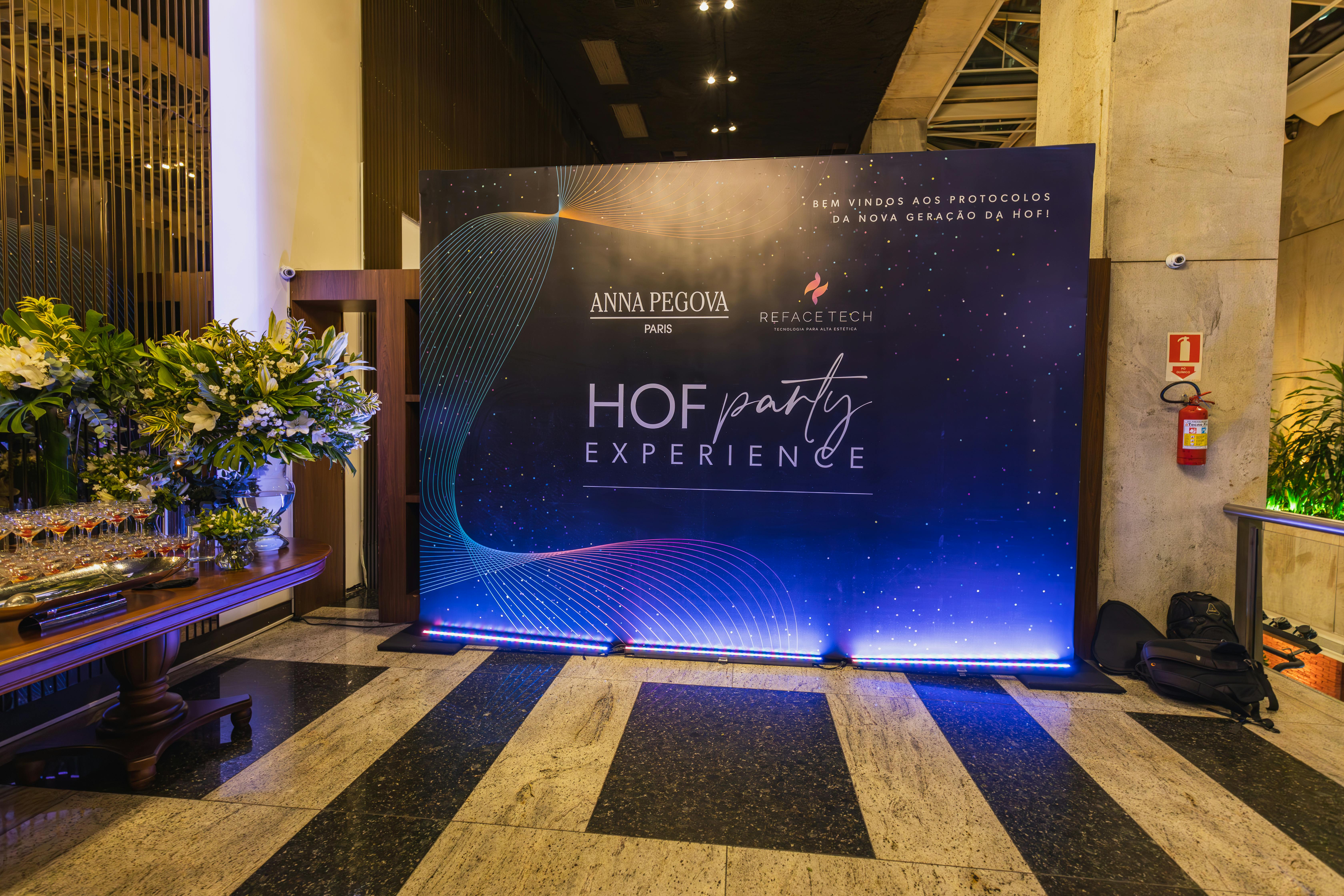Sponsorship Packaging and Valuation in Japan
Author
Chan
Date Published

Building sponsorship packages in Japan is an exercise in precision, compliance, and balance between visibility and respect. Japanese venues regulate advertising displays under municipal codes, and even minor missteps like unapproved banner sizes or overuse of logos can trigger removal or formal warnings. Many global organizers discover that their sponsorship tiers or branding offers need revision once venue advertising limits are enforced.
To succeed, planners must structure sponsorship offers as compliant, tiered frameworks that respect venue policies, signage rules, and Japanese perceptions of subtlety. This guide explains how to price exposure realistically, manage permit requirements, and design sponsor packages that align with Japanese advertising standards.

Tier Models
Sponsorship in Japan follows a balanced, hierarchy-light model designed around subtle exposure rather than dominance. Instead of emphasizing size or frequency of logos, Japanese sponsors expect structured clarity and value alignment. A tier model should highlight contribution, relevance, and harmony with the event theme while staying within permitted advertising boundaries.
To build a clear model, start with tiers that scale by engagement depth rather than logo prominence:
Tier Name | Core Features | Visibility Type | Typical Application |
|---|---|---|---|
Lead Partner | Primary logo on stage screen, co-hosted session, press release inclusion | Digital and live exposure | High-value corporate sponsors |
Supporting Partner | Logo on signage, delegate kit, and event website | Static indoor branding | Regional or category partners |
Contributor | Logo on event guide or slides only | Print or digital collateral | Smaller industry collaborators |
Hospitality Partner | Branded networking zone or lounge presence | Activation-based | F&B and lifestyle sponsors |
This grid helps organizers stay organized while maintaining compliance and cultural appropriateness. Avoid using Western-style metallic labels like “Gold” or “Silver,” as Japanese sponsors view such terms as commercial rather than cooperative.
Mini Checklist
- Limit each top-tier sponsor to ensure balanced visibility.
- Use functional tier titles instead of prestige-based names.
- Structure value around engagement, not exposure volume.
- Confirm logo size ratios in advance with the venue.
Clause Example:
The Organizer shall allocate sponsorship tiers according to exposure category and maintain proportional visibility across all partners in accordance with venue advertising guidelines.
Include your preliminary tier grid with each proposal to show sponsors a transparent, compliant value framework.

Public vs Private Restrictions
Advertising laws in Japan differ sharply between public and private venues, and understanding this distinction is key to compliant sponsorship design.
Public venues such as convention centers, municipal halls, and cultural facilities are governed by local ordinances that limit commercial content. They typically:
- Ban direct product promotion, pricing, or calls to action.
- Require municipal permits for all exterior or lobby signage.
- Enforce tone restrictions on bright colors, LED animations, or flashing screens.
- Prohibit alcohol, tobacco, gambling, or pharmaceutical ads in common areas.
Private venues such as including hotels, private exhibition halls, and corporate-owned facilities offer greater flexibility but within internal brand and building management rules. They may:
- Allow sponsor integration in event décor, digital displays, or meeting rooms.
- Approve co-branded backdrops and materials with minimal bureaucracy.
- Still restrict messaging that conflicts with house branding, cultural events, or resident clientele.
- Require internal approvals through the facility’s marketing or legal team before installation.
At The Prince Park Tower Tokyo, for example, a sponsor lounge design was allowed to include branded screens and floral displays, but not alcohol signage due to hotel policy. Meanwhile, a nearby municipal hall required three weeks of pre-approval for even a simple sponsor banner.
Mini Checklist
- Verify venue ownership and corresponding approval authority.
- Review internal branding policies for private facilities.
- Seek written confirmation for all signage and media activations.
- Store permits and internal approvals with your sponsorship documentation.
Clause Example:
All sponsorship branding and display materials shall adhere to the respective venue’s ownership-based regulations, and any variation shall be pre-approved by the facility’s management or relevant municipal office.
Add a public–private compliance comparison in your sponsor briefing pack to help partners understand the rationale behind each display limitation.
ROI Tracking
Japanese sponsors often evaluate success through relationship depth and attendee engagement rather than pure impression counts. This approach requires clear, measurable metrics but within a context of courtesy and data transparency.
To establish credible ROI reporting:
- Track visibility using permitted digital screens, attendee scans, or session attendance.
- Gather qualitative feedback through post-event surveys and organizer summaries.
- Avoid overstating impressions; credibility matters more than scale.
- Provide bilingual post-event reports highlighting reach, tone, and participant feedback.
For a Tokyo medical congress, we delivered a bilingual ROI deck showing sponsorship outcomes by activity type rather than raw numbers. It reinforced trust and led to three renewals for the next cycle.
Mini Checklist
- Define reporting metrics in the initial contract.
- Use bilingual dashboards for transparency.
- Incorporate both quantitative and qualitative indicators.
- Deliver reports within one month of event completion.
Clause Example:
The Organizer shall provide each sponsor with a bilingual post-event performance summary within thirty days, including verified exposure data and audience engagement indicators.
Share a sample ROI summary in early negotiations to demonstrate professionalism and accountability.

Sample Package Grid
A well-structured sponsorship grid like below simplifies presentation, aligns expectations, and ensures compliance. Japanese sponsors prefer concise, tabular breakdowns with clear deliverables and measurable exposure.
Tier | Benefits | Visibility Type | Compliance Note | Typical Rate (JPY) |
|---|---|---|---|---|
Lead Partner | Logo on main stage screen, website, and printed materials; session co-hosting | Digital and print | Venue signage approval required | ¥2,500,000–¥3,000,000 |
Supporting Partner | Logo on delegate materials and signage in exhibit area | Indoor signage | Must follow municipal size rules | ¥1,000,000–¥1,500,000 |
Contributing Partner | Logo on website and program booklet only | Print only | No public display license needed | ¥500,000–¥700,000 |
Hospitality Partner | Co-branded lounge or catering service | Branded activation | Requires venue F&B approval | ¥700,000–¥900,000 |
Mini Checklist
- Include a compliance column for every sponsor tier.
- Match benefits to what can be legally displayed within the venue.
- Include bilingual notes for local sponsor liaisons.
- Avoid complex tier names; keep the structure simple and professional.
Clause Example:
All sponsorship benefits shall remain subject to venue and municipal advertising approval, and final execution will conform to the permitted display formats listed in the sponsorship grid.
Include your sponsorship grid in proposals to ensure both sponsor and venue expectations are aligned from the outset.
FAQs
1. Do Japanese venues limit the number of sponsor logos displayed?
Yes. Most venues cap total logo coverage per area or per square meter. Excessive branding may be reduced during approval.
2. Can sponsor logos appear outdoors without permits?
No. Outdoor displays always require municipal notification, even within private venue premises.
3. Are animated or rotating sponsor visuals allowed?
Generally not in public or shared spaces. Static images are preferred to maintain decorum and prevent distraction.
4. How are sponsorship rates typically benchmarked in Japan?
By exposure type and location, not by audience size alone. Venue advertising limits influence pricing.
5. Can sponsor messages include promotional content?
Only in closed or private sessions. Public-facing signage must remain neutral or event-branded.
Conclusion
Sponsorship in Japan is less about prominence and more about precision. By aligning with venue advertising laws, respecting public decorum, and delivering transparent ROI reporting, organizers strengthen relationships with sponsors and authorities alike.
A disciplined approach to tiering, compliance, and proofing ensures both brand visibility and legal safety. To refine your sponsorship packages for Japan’s venues, connect with us and request a sample compliance-ready sponsorship grid.